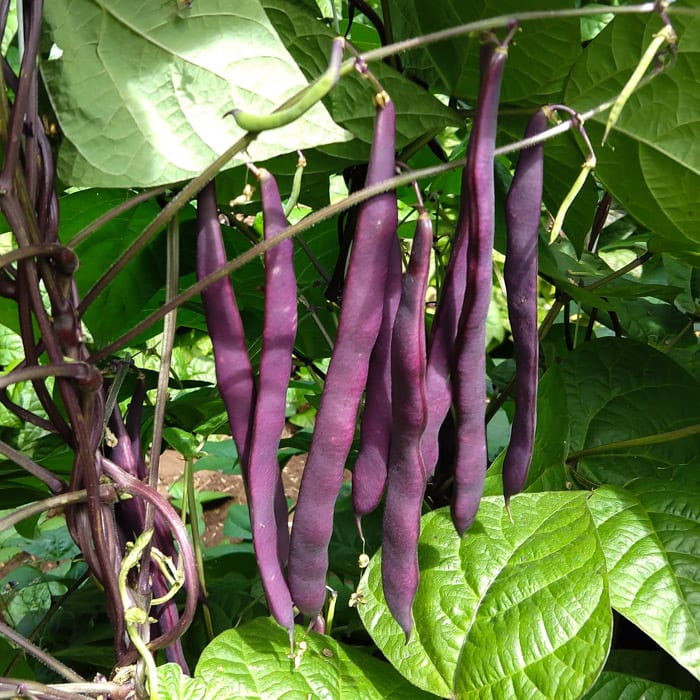Zeedman
Garden Master
Aside from Aeron Purple Star, are there other purple-podded runner beans in the U.K.?Yes, they are much more popular than common beans here. The info in your link is accurate, they are from tropical countries but specifically the cooler highlands.
There are also crimson flowers on the purple-podded varieties, like this heirloom from Shropshire on the Welsh border.
View attachment 51158
I concur with @Triffid 's remarks about the geographic origins of runner beans. Yes, tropical latitudes - but higher, cooler altitudes. There are no hybrid bean varieties (other than in breeding programs) since the low amount of seed produced per pollination makes hybridization impractical.

